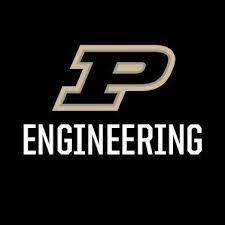Mechanobiology
Mechanical loading plays a critical role in regulating cell behavior and health of musculoskeletal tissues. The applied mechanical loads can be beneficial, contributing to matrix production and tissue generation. On the other hand, overloading causes a damaging response that can eventually lead to catabolic tissue breakdown. The mechanosensitive signaling pathways that mediate both the beneficial and damaging cellular response to mechanical loads are not fully understood. We use molecular biology techniques to fill this gap in knowledge and aim to use our findings to advance health care.

Workflow for recent studies in cartilage overload injury using a sublethal mechanical impact.

Collagen damage measured via CHP staining intensity is higher when wear force is transverse to the primary collagen fiber orientation.
Biomechanics
The primary function of musculoskeletal tissues is to bear mechanical loading and generate forces that are necessary for daily motion. The ability to fulfill these tasks is enabled by diverse tissue systems, each with complex structures and material properties. Further, material properties of tissues can be degraded by age, injury or disease, and restoring mechanical properties may be critical to repair and treatment strategies. Our biomechanics research projects are primarily focused on experimental measurement of the functional material properties and underlying structure of musculoskeletal tissues and how they vary with health, disease and treatment.
Repair and Treatment
Our overarching goal is to leverage our findings in biomechanics and mechanobiology to prevent and treat orthopaedic injuries and diseases. In collaboration with surgeons and biologists, we develop animal models to better understand injury and disease progression, and to test new treatments and prevention strategies to restore or maintain tissue function. Our recent work in this area focuses on post-traumatic osteoarthritis. Unlike many degenerative conditions, post-traumatic osteoarthritis results from a single traumatic event. As the initiating event is usually known, there is a clear opportunity for interventions that mitigate or prevent the onset of disease.

Preliminary data demonstrates a potential treatment for post-traumatic osteoarthritis in a rabbit model of cartilage overload.
